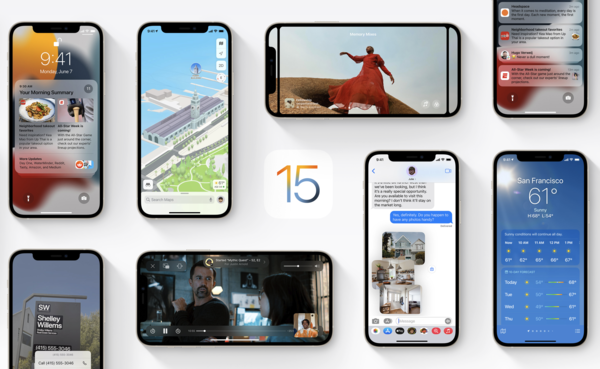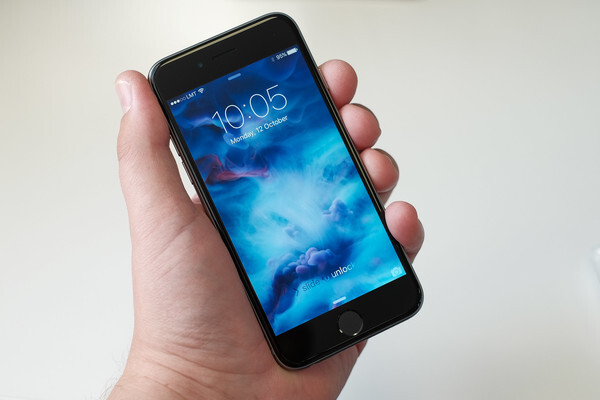
iOS 15 (and MacOS 12) will only fully support the latest devices. But they’ll partially support a lot of others.
There’s been a pretty interesting discussion/debate going on in the Apple sphere over the last week around device support. Despite the addition of a bevy of new features in iOS 15, some of the supported devices, which go back as far as the iPhone 6s in 2015, will not support some of the features Apple announced.
This is also the case for MacOS 12, Monterey. (I know, weird that they jumped from 10 to 12 in two years despite being on 10 for 20 years.) The operating system supports a number of the features coming to iOS, but not on Intel devices, which obviously make up the vast majority of the market. The M1 is great—but it has only been on the market for about seven months now.
As someone like professional Apple contextualizer René Ritchie will tell you, there are legitimate technical reasons why it doesn’t support these things—basically, Apple is dipping into all those neural engine things to add new features to its devices, which obviously an Intel processor isn’t going to support because Apple built those from its own silicon.
So yes, Apple is in the strange position of selling $10,000 desktop computers that don’t support the latest technologies in its current desktop operating system.
But the decision to drop support for some features in iOS is more interesting—as I think that, once the Intel transition is done for, that’s Apple’s true goal.
I guess I kind of look at it this way: In a world where Apple has become famous for murdering devices through planned obsolescence, it’s probably better for Apple to invest the money and time into building a baseline level that it can broadly support across operating systems. Now that the iPhone is fully 64-bit and has been since 2013, there is a fairly deep baseline for the company to pull from that goes across multiple generations.

This phone, from 2015, will run the latest iOS. (Kārlis Dambrāns/Flickr)
That those operating systems don’t work exactly the same on older devices versus newer devices is actually closer to how it works in other ecosystems. For example: Windows 10 tends to support devices going back more than a decade, with the generally accepted baseline being (just as for the iPhone) 64-bit support. But a computer released in 2011 is not going to support the biometric features, for example, that more recent Windows machines do.
So, while it’s not exactly desirable that Apple just announces a bunch of stuff that doesn’t work across the vast majority of its devices, the truth is, this is actually a good side of a company that makes a lot of complicated decisions (including some I don’t particularly like). By keeping old products alive at some level of baseline a full six years after their release, they ensure that phones can exist long enough to become hand-me-downs, that the company isn’t creating additional waste in the process.
Given a choice, would you rather have an old phone that works with the latest software or one that can blur your background in FaceTime in landscape mode? I think most people would be happy being able to install the latest apps.
Time limit given ⏲: 30 minutes
Time left on clock ⏲: 3 minutes, 2 seconds



